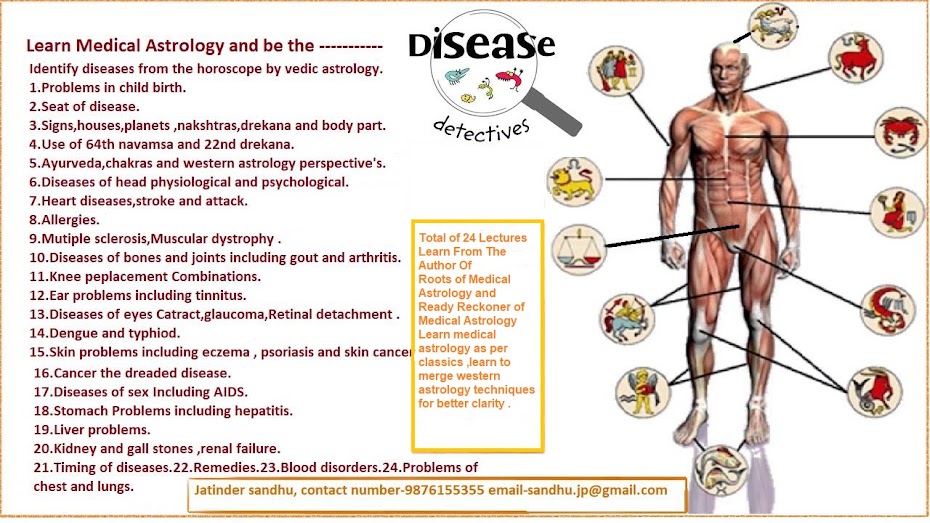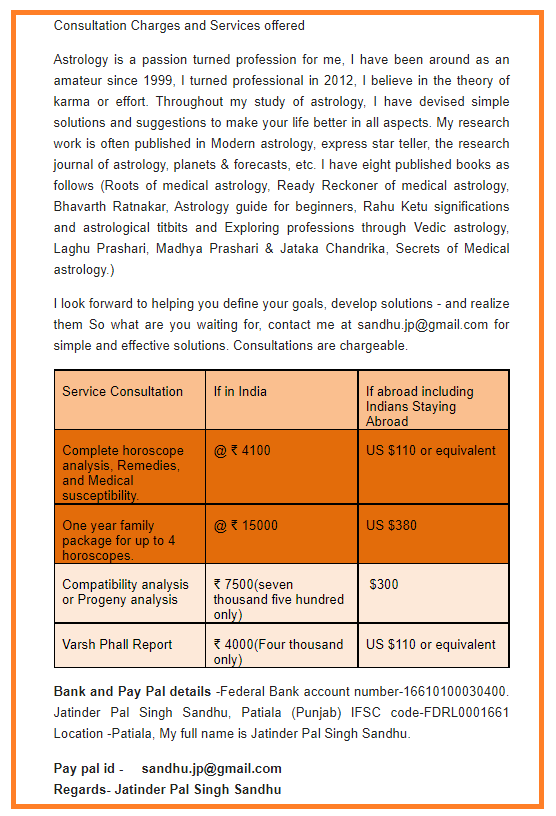Asht sidhhis and nav nidhis.


Lord Hanuman being blessed by Sita ji on Asht sidhhis and Nav nidhis.
Asht sidhhi nav nidhi ke data.
Ais bar deen Janaki Mata.
( from Hanumaan chalisa)

Lord Hanuman being blessed by Sita ji on Asht sidhhis and Nav nidhis.
Asht sidhhi nav nidhi ke data.
Ais bar deen Janaki Mata.
( from Hanumaan chalisa)
eight siddhis (ashta siddhi) that are mentioned in Patajanli’s Yoga Sutras and can be obtained by very few through countless years of practice and devotion to all eight limbs of Ashtanga Yoga. Siddhi can loosely be translated as accomplishment or a special power or unusual skill. The eight siddhis Swamiji described are:
Anima: Reducing one’s physical self to the size of an atom
Mahima: Growing one’s physical self to incredibly large size
Garima: Making one’s physical self so heavy as immovable by others
Laghima: Becoming almost weightless
Prapti: Being able to go/travel wherever one wants
Prakamya: Being able to obtain whatever one wants
Istva: Possessing lordship
Vastva: Being able to control the minds of others
Hanuman not only possessed all eight siddhis, but was also blessed by Sita as “Ashta Siddhi Nau Nidhi Ke Daata,” or one who can bestow astha siddhi upon others. When Hanuman first reaches to Lanka on his mission to find Sita, he makes use of anima so as to be discrete in enemy territory. He uses it again when he approaches Sita for the first time – reducing his size to that of a schoolboy, so as not to scare her. He uses mahima to outwit and overpower demons. He uses garima to show his power when Ravana, the demon king, temporarily captures him and brings him to the main court of palace. Not even the mighty Ravana could lift Hanuman’s tail.

|
In the context of Hindu
mythology, Nidhi, that is, a treasure, constituted of nine treasures
(nawanidhi) belonging to Kubera (also spelt as Kuvera), the god of wealth.
According to the tradition, each nidhi is personified as having a guardian
spirit, and some tantrikas worship them.
- mahapadma "great lotus flower" (Gaja Mukta)
- padma "lotus flower" (Nag Mani)
- shankha "conch" (Nine Gems)
- makara "dolphin or crocodile" (Paras Linga)
- kachchhapa "tortoise" (Maha Mani)
- mukunda "a particular precious stone" (Srivardhana Mani)
- kunda "jasmine" (Raja Mani)
- nila "sapphire" (Mahabandhana Mani)
- kharva "dwarf" (Billi ka Jer)
- mahapadma "great lotus flower" (Gaja Mukta)
- padma "lotus flower" (Nag Mani)
- shankha "conch" (Nine Gems)
- makara "dolphin or crocodile" (Paras Linga)
- kachchhapa "tortoise" (Maha Mani)
- mukunda "a particular precious stone" (Srivardhana Mani)
- kunda "jasmine" (Raja Mani)
- nila "sapphire" (Mahabandhana Mani)
- kharva "dwarf" (Billi ka Jer)
When considered as mines,
minerals, earthenware and ocean resources, the nine treasures of Kubera are
interpreted as:
- padma (lake in Himalaya with minerals and jewels)
- mahapadma (lake double the size of padma in Himalaya with minerals and jewels)
- makara (Synonym of Padmini, black antimony)
- nila (Antimony)
- mukunda (cinnabar, or quicksilver)
- kunda (arsenic)
- kharva (cups or vessels baked in fire)
- kachchhapa (tortoise or turtle shell)
- sankha (conch shell)
- padma (lake in Himalaya with minerals and jewels)
- mahapadma (lake double the size of padma in Himalaya with minerals and jewels)
- makara (Synonym of Padmini, black antimony)
- nila (Antimony)
- mukunda (cinnabar, or quicksilver)
- kunda (arsenic)
- kharva (cups or vessels baked in fire)
- kachchhapa (tortoise or turtle shell)
- sankha (conch shell)
8
Siddhis (Supernatural powers) are:
1.
Aṇimā: Ability to reduce one's size
2.
Mahima:
Ability to increase one's size
3.
Garima:
Ability to increase one's weight infinitely
4.
Laghima:
Ability to become lighter than the lightest
5.
Prāpti:
Ability to Obtain anything
6.
Prākāmya:
Ability to acquire anything desired
7.
Iṣiṭva:
Lordship over creation
8.
Vaśitva:
Having control over things
in modern context we can live better if follow the same sidhhis in a different pattern given below.
Anima: Reduce the ego and be humble in front of elders, parents, teachers, and gurus.
Mahima: Think big, and aim for large goals.
Garima: Be immovable and unshakeable in values and principles.
Laghima: Don’t take everything in life too seriously. Have some lightness and laughter in life. To that end, I should note that Swamiji provided us quite a bit of laughter with his amusing anecdotes.
Prapti: Focus mental energies on achieving the goal.
Prakamya: Always speak the truth, and don’t be afraid to express aims and goals.
Istva and Vastva---last two siddhis focus on the power of leadership, respect, and love – all of which go hand in hand. A true leader inspires others. And that inspiration causes people to follow and be loyal to that leader (istva). And finally, with respect to vastva.
